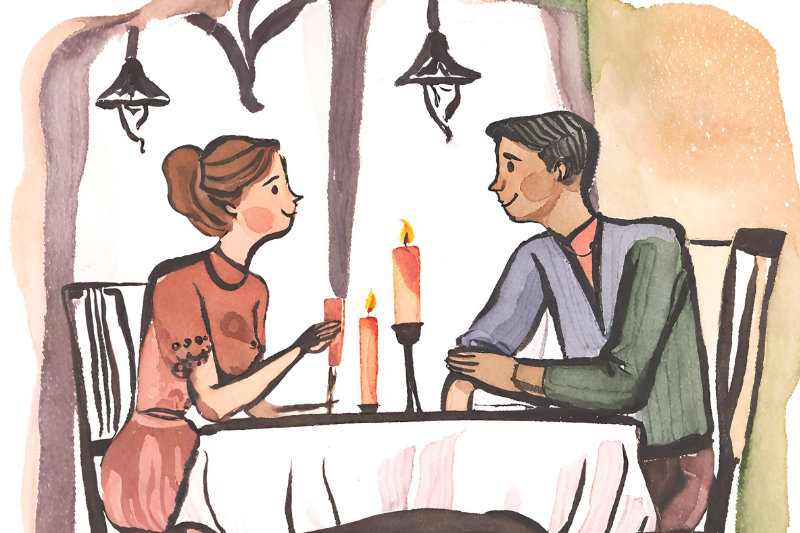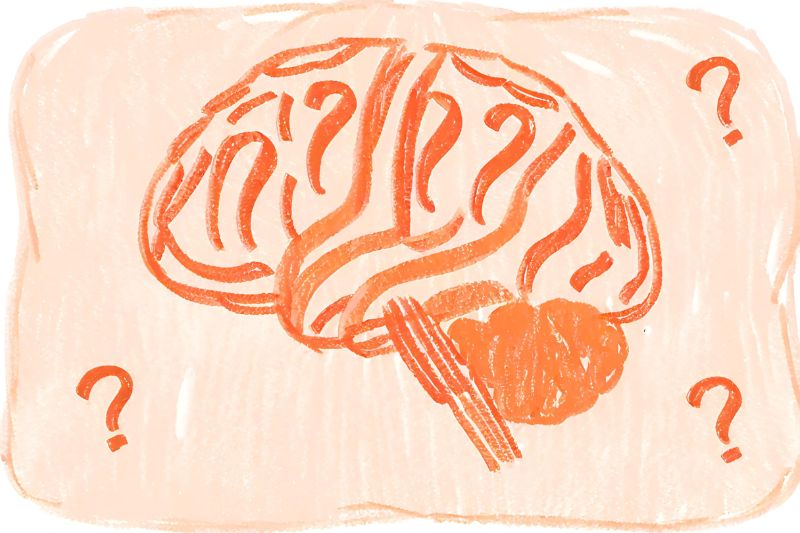ManageMinds Explains... Avoidant Attachment Style
In this edition of ManageMinds Explains, we explore avoidant attachment style. Find out what it is, how you know if you have it, and how to heal from it in this quick guide!

Welcome back to ManageMinds Explains! In this series we provide short, simple guides to some key mental health terms and concepts. Up this month: avoidant attachment style. Let’s go!
Attachment theory
Over the past few years, the concept of attachment style has been a bit of a trending topic. You’ll find it discussed in videos across social media and pondered by bloggers both inside and outside the mental health realm. Any relationship expert worth their salt should be able to reel off a list of insecure attachment symptoms.
And attachment styles are no mere fad. The idea is based on solid scientific theory, developed by psychologists John Bowlby and Mary Ainsworth. It posits that the relationships we have with parental figures as children will define our approach to intimate relationships as adults.
Attachment theory has evolved since its conception in the 1950s, and today many psychologists recognise 4 main “attachment styles”:
- Anxious (sometimes called Preoccupied)
- Avoidant (sometimes called Dismissive)
- Disorganised (sometimes called Fearful-Avoidant)
- Secure
Avoidant attachment style
One of the 3 main insecure attachment styles, avoidant attachment is characterised by a tendency to steer clear of romantic entanglements and eschew long-term commitment.
Now, this is not because those with an avoidant attachment style are scared of relationships. What they actually fear is rejection, so they prevent this from happening by refraining from getting into a serious relationship in the first place. In other words, they aim to reject you before you can reject them.
This attachment style is thought to stem from a lack of attention during childhood, where the caregivers were unable or unwilling to meet the child's needs. As a result, the individual learns from an early age that they must rely on themselves for emotional validation and comfort.
The childhoods of those with an avoidant attachment style also tend to be characterised by instability. This could be in the form of divorce, foster care, moving house a lot or the death of a caregiver. Early unhealthy bonds cause such individuals to grow up to be suspicious of those desiring close relationships with them.
Signs to watch out for in your relationships
Concerned that you or your partner may have an avoidant attachment style? Here are some key signs to look out for:
→ You are unwilling to open up about your feelings
→ You are resistant to physical affection
→ Intimacy makes you feel uncomfortable
→ As relationships become deeper you feel a desire to pull away
→ You prefer to keep people at arm’s length
→ You easily feel stifled in relationships
→ You don't like to rely on others for anything
Developing a secure attachment style

Having an avoidant attachment style does not mean that you are destined to a life alone. These traits are by no means permanent, and there are many things you can do to start working towards a more secure attachment style.
Self-help
Now that you’re aware of what avoidant attachment is, you can start to do some introspection and explore why you may gravitate towards this relationship style. Get a notebook and start jotting down any life themes or childhood memories that may be a factor.
Keep in mind that doing this kind of work on yourself can be uncomfortable and even distressing. Take regular breaks and be kind to yourself. If it starts to feel overwhelming or you find yourself avoiding difficult memories or emotions that surface, you should consider seeking the guidance of a professional.
Professional support
The most effective way to deal with an avoidant attachment style is to get therapy. A professional therapist will be able to guide you towards a secure attachment style, whilst also helping you to deal with any difficult emotions that arise when you access potentially upsetting childhood memories.
To give therapy a try without any long-term commitment, you can book a single session with one of our therapists. Simply select this option from the services page.
That concludes this edition of ManageMinds explains! For more mental health guides and tips, check out the rest of the ManageMinds blog.
Post Date:
Author: Isobel Robb
Explore More Articles
3 Mental Health Myths Your Therapist Is Sick of Hearing
It's great that more people are talking about mental health, but not everything you hear is necessarily true. Don't fall for these 3 mental health myths!
Feeling Worried? Challenge Anxious Thoughts with These Simple Questions
Stuck in a spiral of anxious thoughts? Use these 3 simple questions to challenge negative thinking and adopt a healthier mindset.
ManageMinds Explains... Narcissists
Even wondered if you or someone you know may be a narcissist? In this guide we cover what narcissistic personality disorder is, as well as the signs you need to watch out for.


